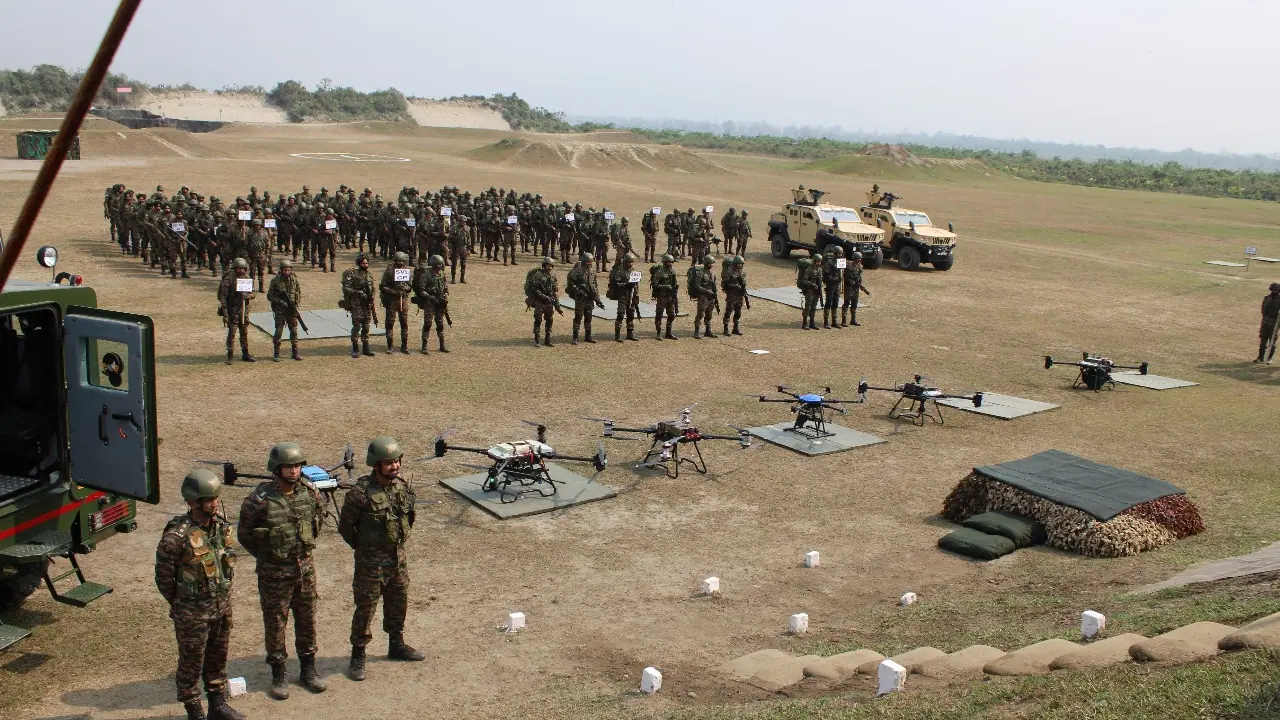The Indian Army's Rs 85,000 crore indigenous procurement marks a major leap in defence self-reliance, boosting operational readiness, supporting economic growth, and accelerating the Make in India mission through domestic production and job creation.
New Delhi: Following the Pahalgam terror attack, the world's eyes are now trained on India. Inside and outside the country's boundaries, the security readiness of the Indian Armed Forces, especially the Indian Army, has come sharply into focus.

Pahalgam aftermath: The Army is ready
It is crucial to note that boosting the Indian Army's operational readiness is a continuous process that has kept on evolving. Capacity building over the years, modernisation of forces, and indigenisation efforts for tailor-made equipment whose supply is not dependent on foreign powers are all part of the robust steps taken in this direction.
The Indian Army's recent record-breaking investment in capital acquisition, particularly indigenous defence procurement, offers a clear answer to any potential questions.
Record spending on capital acquisition
Through an unprecedented Rs 85,000 crore worth of contracts signed over the past year, the Army has taken decisive steps to bolster its operational preparedness, signalling that it is equipping itself to meet emerging threats with speed and self-reliance.
The Army has, for the first time, utilised Rs 35,000 crore from its capital acquisition budget during the 2024-25 fiscal year, a 152 per cent increase from the previous year's Rs 13,900 crore spent.
Remarkably, 95 per cent of this expenditure was directed toward domestic vendors, reinforcing India's "Make in India" and "Aatmanirbhar Bharat" (self-reliant India) initiatives.
The procurement also shows the Army's approach to modernisation, with a strong emphasis on indigenous defence production.
Of the 26 capital procurement contracts signed, only three were awarded to foreign vendors, showing a clear intent to bolster India's domestic defence manufacturing base.
Multiplier effect on the economy
The Indian Army's projected expenditure of Rs 1 lakh crore in FY 2024-25 is expected to have a powerful multiplier effect on the economy.
For instance, when the Army places orders worth Rs 1 lakh crore for various equipment with different indigenous companies, those firms hire more workers, buy more parts, and expand their overall operations.
The workers who get salaries then spend on groceries, housing, transport. The grocers, landlords, and others then have more income — and they spend too. That extra spending creates even more jobs and income in other sectors.
The economic impact is expected to extend beyond large companies, creating opportunities for small and medium-sized enterprises and generating skilled and unskilled employment across multiple regions, whether directly or indirectly.
Contribution to Aatmanirbhar Bharat initiative
The historic procurement milestones come amid efforts to reduce reliance on foreign arms imports and to develop an indigenous defence manufacturing ecosystem capable of meeting the country's growing security needs.
The trend toward localisation of defence manufacturing is viewed as an important contributor to India's long-term economic resilience.
The emphasis on local sourcing is also anticipated to benefit sectors such as precision engineering, electronics, and advanced materials, contributing to broader industrial growth.
Apart from that, heightened demand from Army procurements is likely to stimulate India's defence manufacturing corridors, encourage greater private-sector participation, and drive investments in research and innovation.
Officials say the economic benefits are already being felt. The heightened domestic demand is attracting new investments into defence technology start-ups, precision manufacturing, and research and development hubs.


